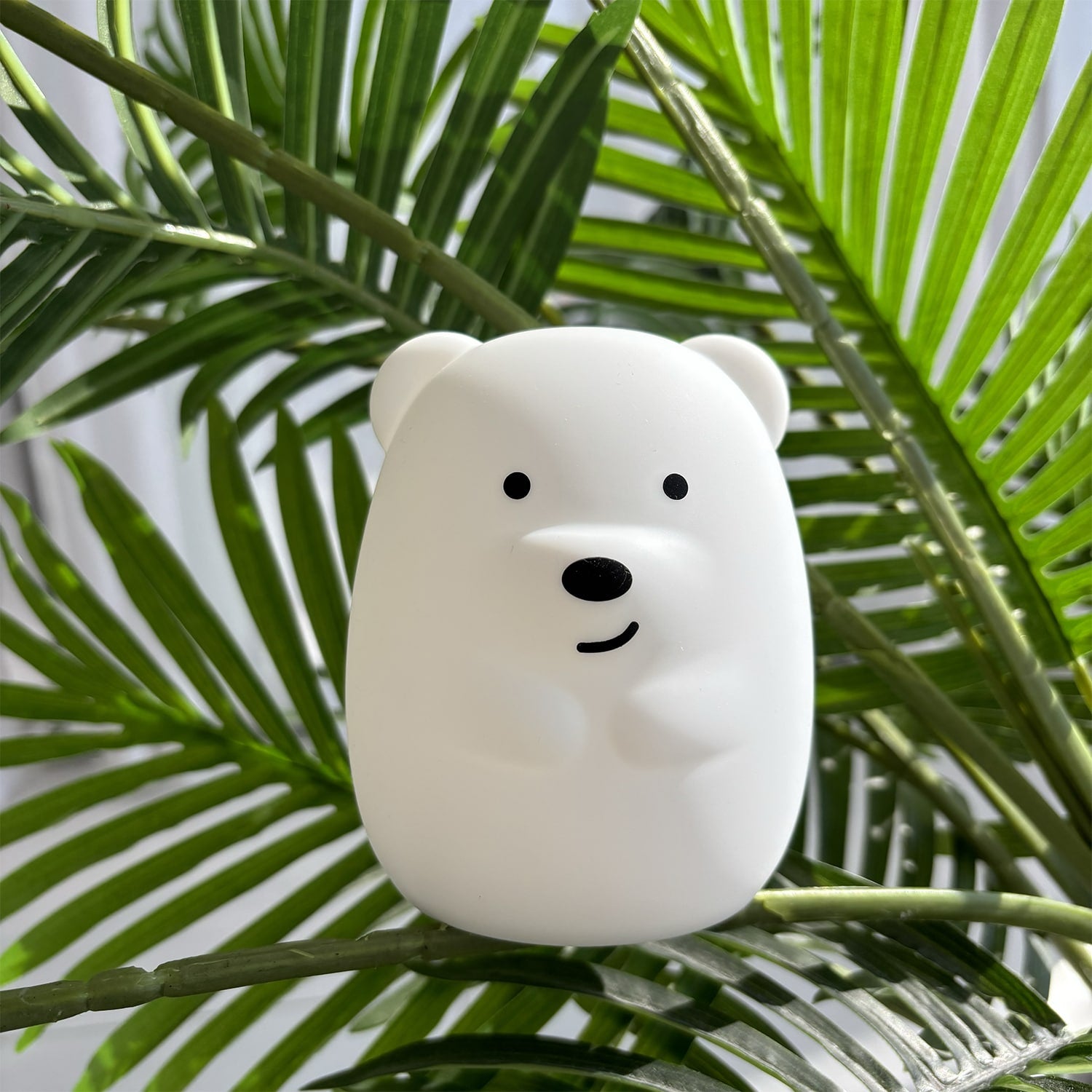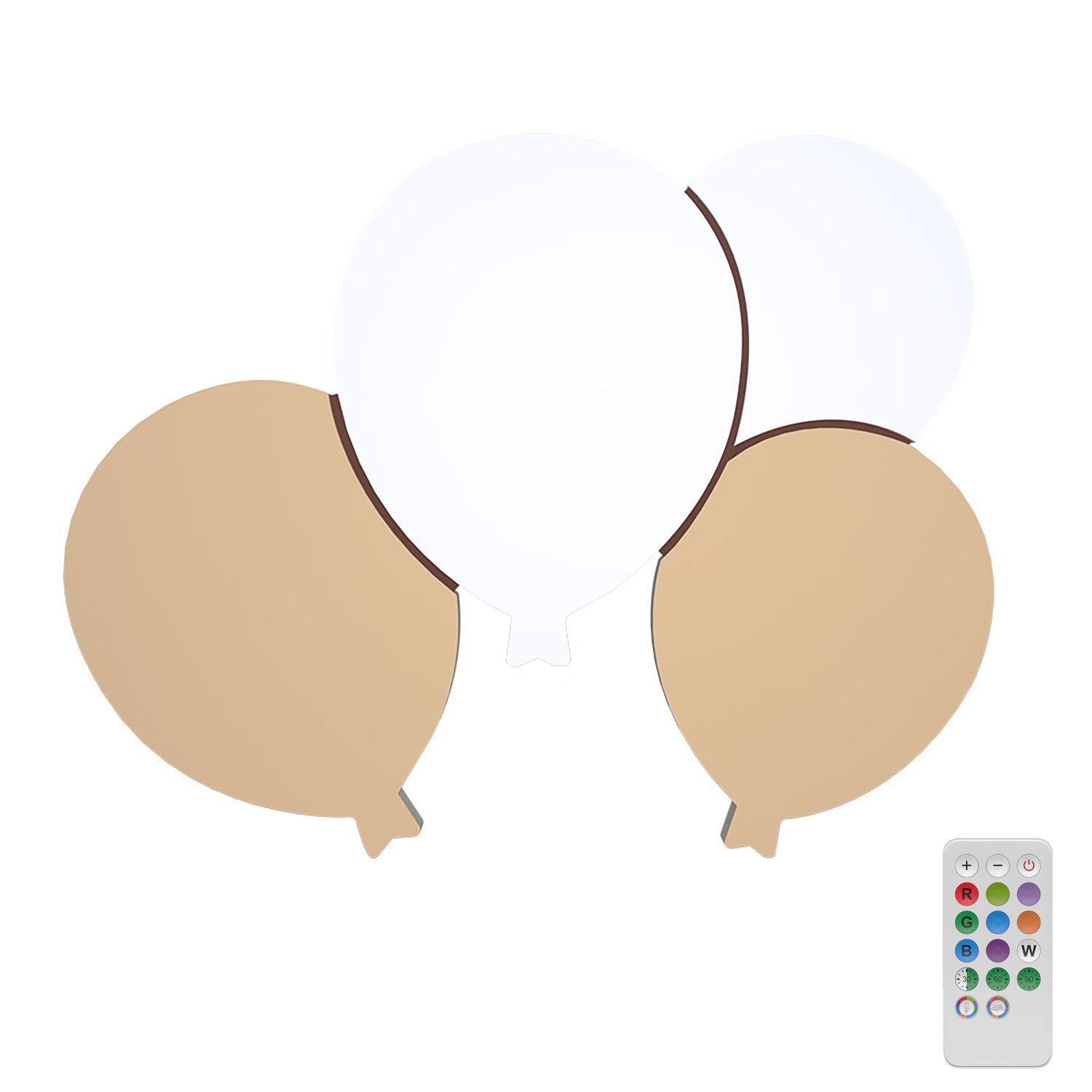Preparing for the arrival of a newborn is not easy. Several points are to be taken into consideration, especially with regard to the layout of your small bedroom. The decoration of the room, the furniture, the clothes are all elements that should not be neglected. And to give him an excellent night's sleep, it is essential to choose a quality mattress. A good mattress should provide both comfort and optimal safety. It is not easy to make the best choice, especially when you know that a baby sleeps around 18 hours every day during the first months of his life. In order to help you, we present below some practical tips for selecting the ideal mattress for your infant.
Characteristics of a good baby mattress
The mattress is one of the essentials for the arrival of baby . Before opting for a particular mattress for your little one, you must make sure that the mattress is able to offer excellent support to his spine, which must be taken care of particularly, given that it is in full growth. Regardless of the position of the cherub, the mattress must guarantee good support.
In addition, the mattress must be adapted to the weight, size and growth of the little one, knowing that he will grow over the months. A one-year-old and a 6-year-old don't have the same body. Hence the importance of choosing the right mattress, especially its components.

The different materials for a mattress for a baby
Like adult mattresses, the technologies adopted are diverse. For a baby's mattress, some manufacturers use synthetic materials, the most commonly used of which are latex and polyurethane foam. There are also mattresses made of natural material, generally made of either wool or coconut fiber.
Wool: a natural insulating material
Wool is an insulating and thermoregulatory material. It has many qualities: it is hypoallergenic, anti-mite and dries very quickly. However, a mattress made of wool is a little too soft. Which is not very recommended for an infant.
Coconut fibre: a material with multiple properties
Coconut fiber is an airy material, which does not cause allergies. In addition, it helps fight against dust mites. If you opt for a coconut fiber mattress, you must carefully check the quality of the fibers since it is a hard material. Also, avoid a mattress made from coconut fibers, combined with latex foam. Having a different density, the mattress may have irregularities.
Latex: an excellent choice for an infant's mattress
Renowned for being hypoallergenic, but also for its anti-mite properties, the latex comes from the rubber tree plant. For a baby mattress, this material is a very good alternative. However, if the little one is allergic to latex, do not take a mattress containing this product.
Rather flexible, the latex mattress adapts to the movements of the baby and has a thermoregulatory action, beneficial for the baby. A point to emphasize: the price of a premium latex mattress is high, and its weight can be quite substantial.
Polyurethane foam: undoubtedly the best choice for babies
Last on this list and not least, polyurethane foam is probably the best option for a mattress dedicated to babies, since it adapts perfectly to the body of the cherub.
In addition, when baby changes position, the mattress will adapt. Even better, it helps in the prevention of flat head problems. Moreover, due to its lightness, the polyurethane foam mattress is easy to handle, especially when you have to change the sheets. In short, if you have to choose the ideal mattress for your toddler's bed , bet on the polyurethane foam one.
Density: an essential parameter when buying a baby mattress
When acquiring a mattress for a toddler, density is a significant feature. More an indicator of support than firmness, density corresponds to the ability of the mattress to support the baby's spine in a proper alignment. It is expressed in kg per m 3 and indicates the quantity of material contained in 1 min 3 s of foam.
Overall, the body will enjoy good support if the density is high. A high density also ensures a long mattress life. However, for a baby mattress, it is not recommended to take too high a density. This could affect the comfort of the little one.
On the other hand, its density should not be too low either, because the mattress risks sagging. As an indication, be aware that for a foam baby mattress, the recommended density varies from 20 to 30 kg/m 3 . For a latex model, the average density is around 55/m 3 .

The right dimensions for your little one's mattress
A baby has special sleep needs. It is essential to provide him with a quality mattress, which is adapted to his morphology. So, when you buy a mattress, remember to select the right thickness and the right dimensions.
What you need to know about the dimensions
Regarding the dimensions, those of the mattress must first be suitable for that of the bed supposed to accommodate it. The standard sizes of baby mattresses usually match the sizes of beds. Thus, you will in principle have the choice between two sizes, in this case the mattress 60 x 120 cm and that of 70 x 140 cm.
What about the thickness?
A good thickness of the mattress is also important. It is optimal if it varies from 10 to 13 cm. Contrary to what many people may think, it is not essential to have a mattress thicker than 13 cm, as this would not provide more comfort.
A cover for maximum protection of the mattress
Adding a protective cover to a newborn's mattress is fundamental, as it is the first element in direct contact with their skin. Here are the points to know about the protective cover of the baby mattress.

A cover preferably made of natural material
Ideally, the cover should contain soft and healthy natural materials. The options concerning the materials of the cover are multiple:
- Classic or organic cotton;
- Tencel;
- Synthetic fibers;
- Bamboo;
- Wool.
An easy-care cover
The cover will allow you to easily maintain the bed of your cherub. But first, to ensure easy maintenance of the child's mattress, prefer a removable cover, for example with a zipper, which you can also machine wash. This will allow you to clean it regularly.
An anti-allergy cover
According to some statistics, almost a quarter of infants are affected by various allergies. For this reason, most slipcovers undergo special allergy treatment. It should be noted, however, that these are often chemical treatments.
Therefore, choose anti-allergic covers, without chemical treatment. You will find microfiber covers on the market to protect against dust mite allergens, which can cause eczema, dermatitis, rhinitis or asthma.
Protect the cover with a mattress pad or sheet
If you plan to double the protection of the mattress by adding a sheet or a mattress pad, look for a breathable material, to name only cotton. If you have opted for a waterproof material, make sure that it is breathable.
In short, it is better to have a removable mattress in order to clean it more easily. Above all, do not omit this point, since the little one will surely leak or regurgitate.

What standards and certifications should be considered when choosing a baby mattress?
Labels and certifications are an additional guarantee of the quality of a mattress. To select the accessories to be installed in an infant's room, such as lamps , bedding or clothing, it would be best to rely on the standards in force. In order to select the best mattress for your toddler, bet on a mattress and a cover with “Certipur” or “Standard 100 by Oeko Tex” certification.
The labels constitute a guarantee confirming that the mattress does not contain harmful or undesirable substances that could be dangerous for the health of your baby. When it comes to allergies, rely on the “ECARF” label. This guarantees that a product reduces the problems of allergic reactions. Another guarantee of quality: the mention “Made in France”.

The final word
As you will have seen in the previous lines, the choice of baby mattress depends on a large number of criteria, including the design material of the interior and exterior of the mattress, its thickness and its dimensions, without forget its protective devices, as well as labels and standards.
Other criteria can also be taken into account, such as the price of the mattress. This is largely rated on the quality of the mattress. Finally, if you want, you can turn to a scalable model or not.
Nevertheless, for the infant to feel comfortable in his bed, it is better to have a mattress that is adapted to his growth, a model that would offer optimal support to his spine. This is crucial for him to grow well.







